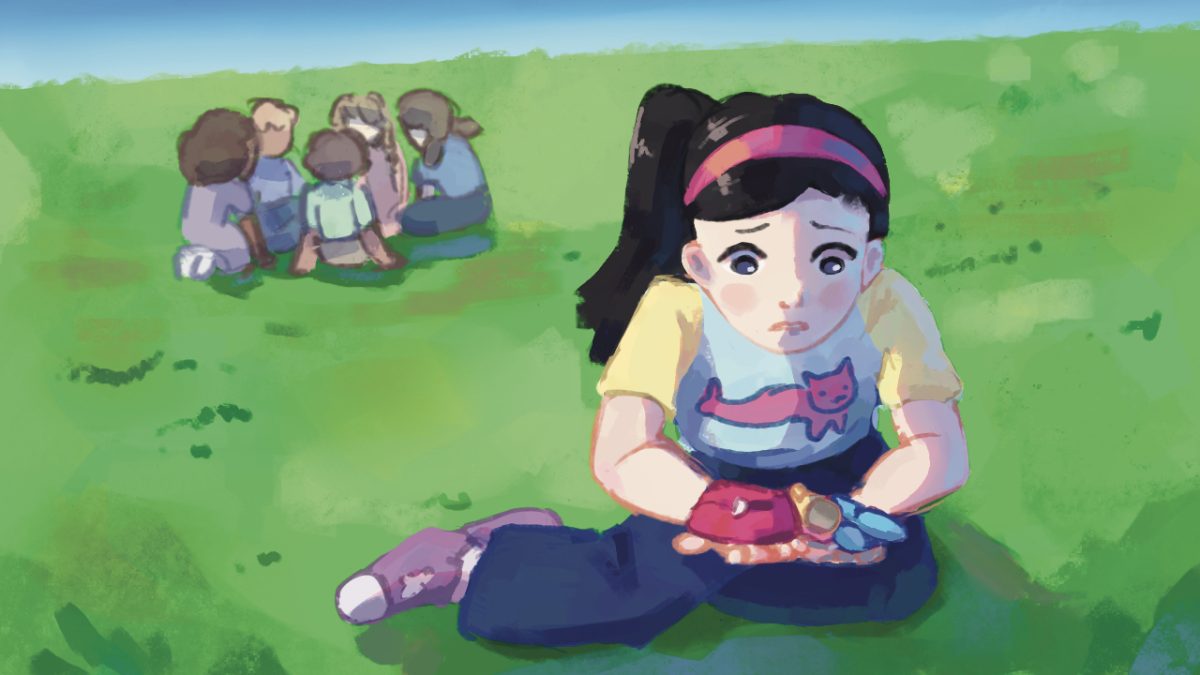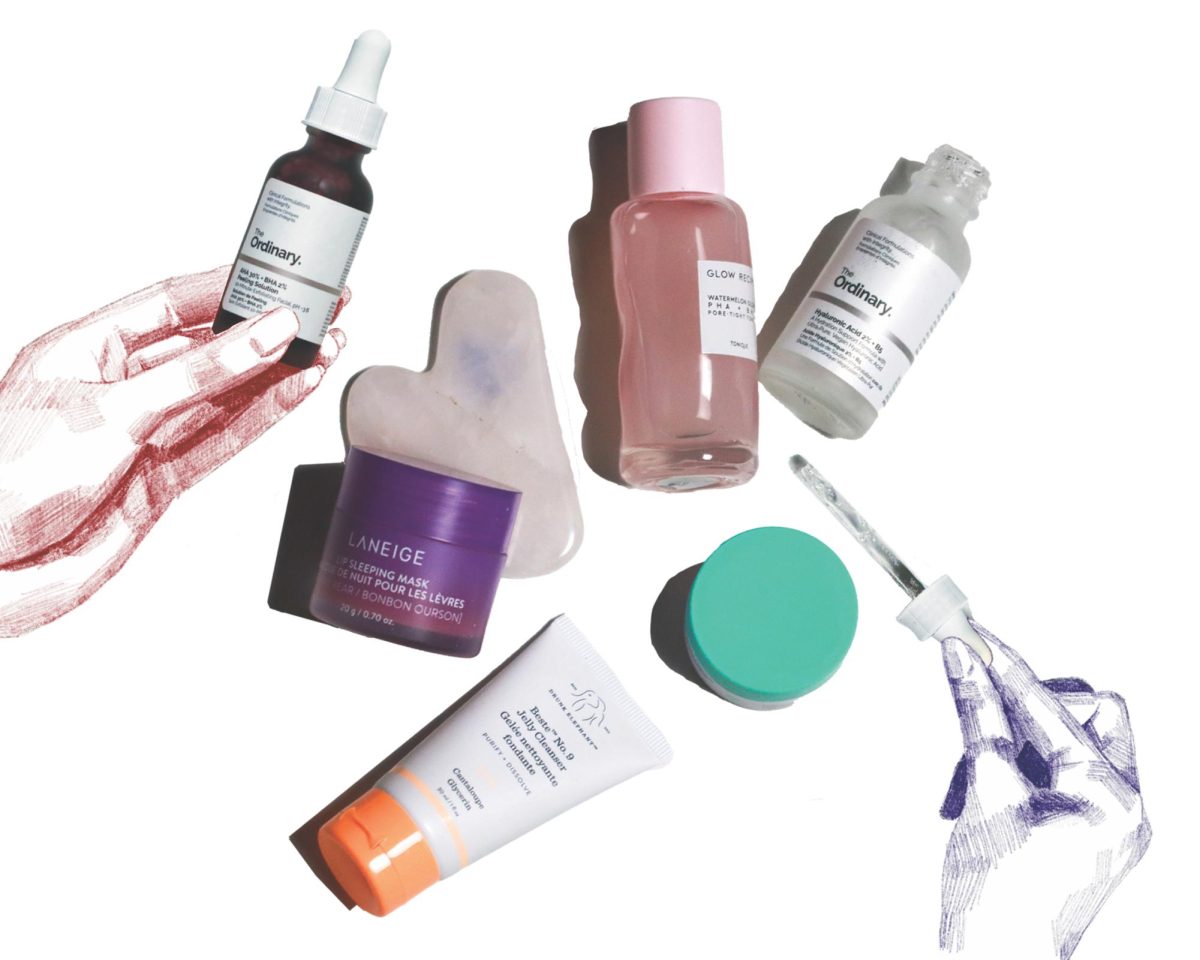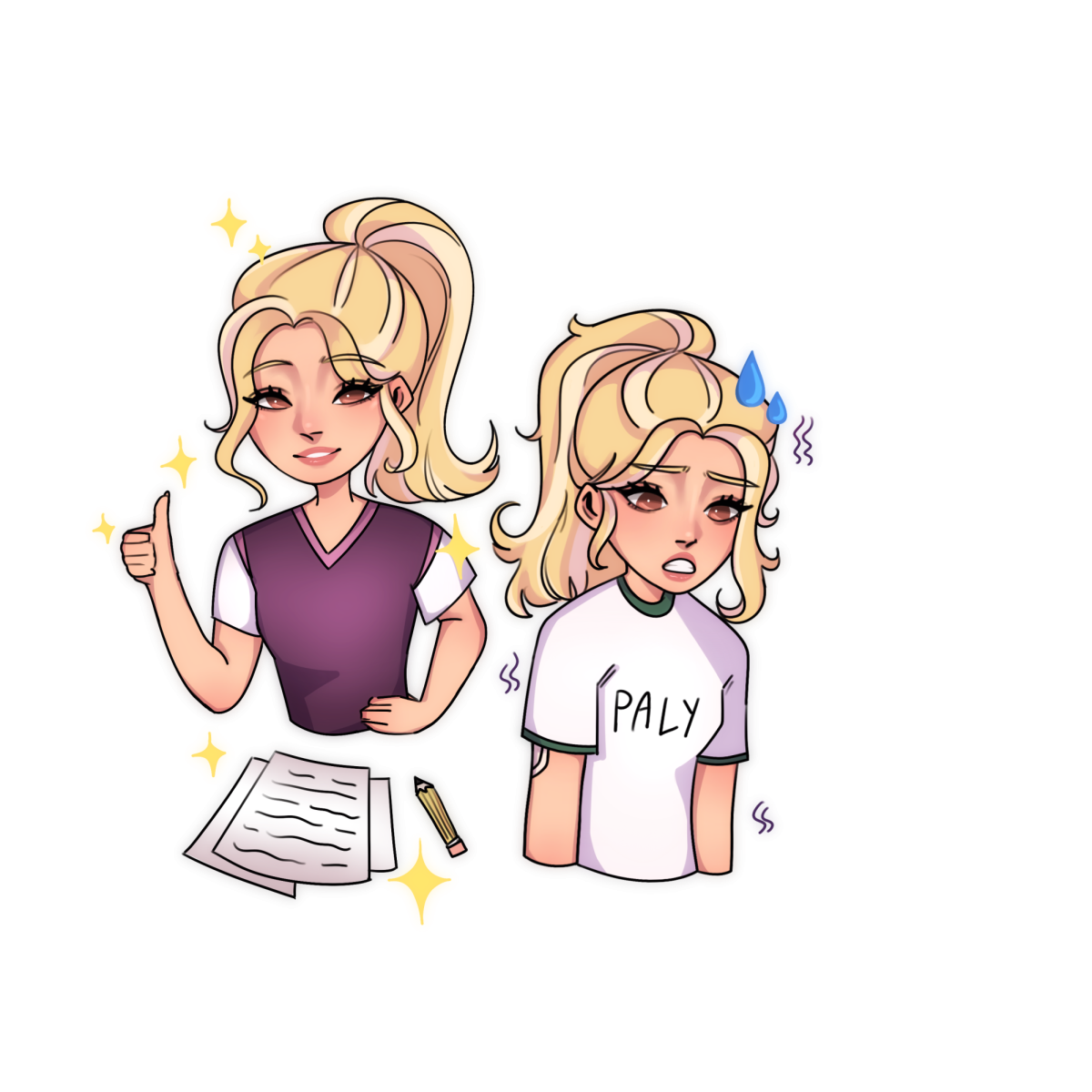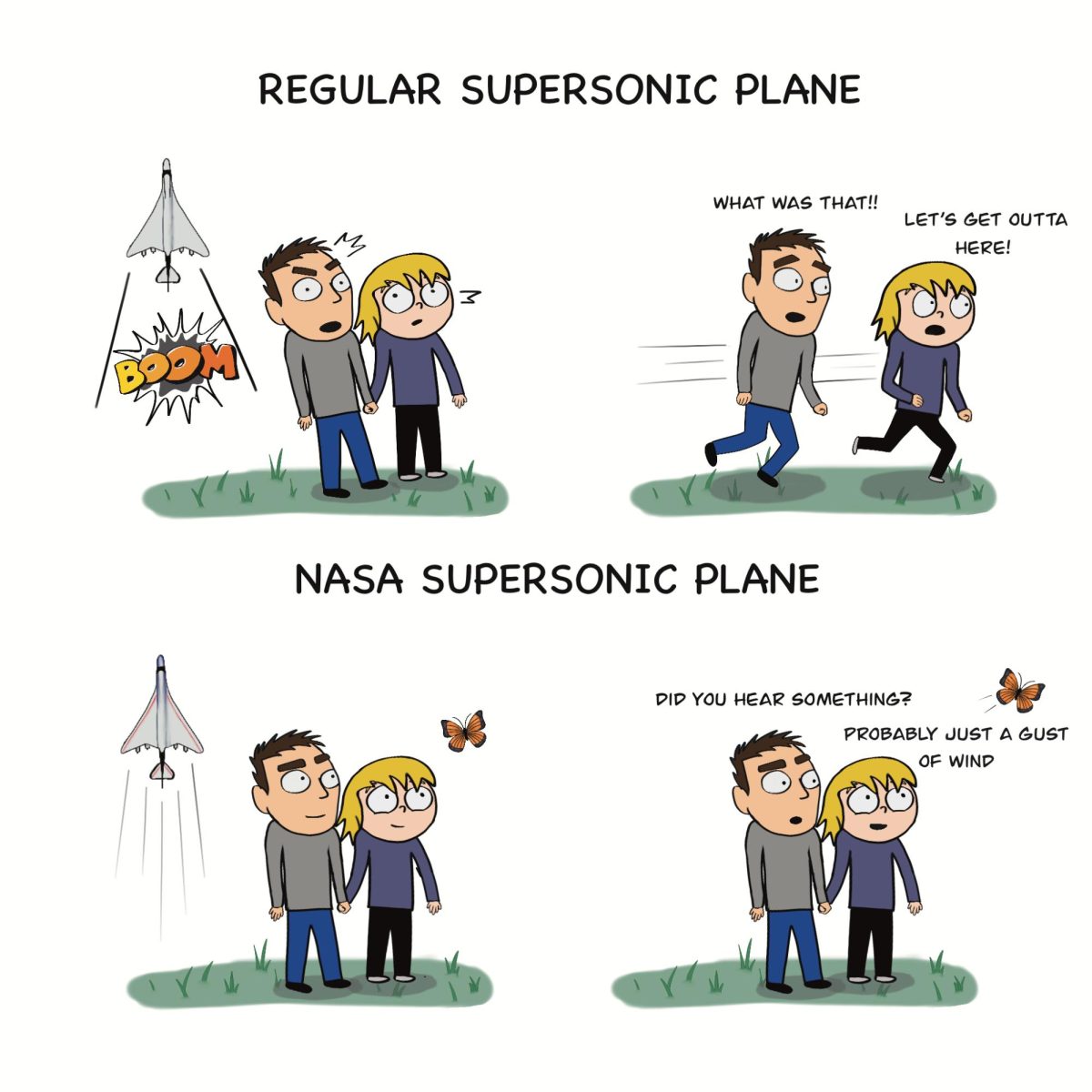Two students look at an enlarged image of a sponge and have drastically different reactions. While Paly senior Leslie Santos is momentarily off put by the unusual cluster of holes, Paly senior Nicholas Padmanabhan immediately cowers into his seat, unable to look further, as an itching sensation rushes over his body.
Sensations of insects crawling under the skin, the closing of the chest, feverish cold sweats and an intense urge to cry are some of the many symptoms people with trypophobia experience when exposed to images of small holes or bumps according to WebMD.
Trypophobia is a fear or aversion of irregular clusters of tiny holes or bumps.
While many people may feel disgust after viewing triggering images, those feelings of unease only last for about a few seconds, whereas those who suffer from trypophobia, also known as trypophobes, will have a more visceral aversion and struggle to shake off those images.
“It is just kind of gross, but I would not really say that it is disturbing,” Santos said.
Trypophobia can be triggered by a wide range of patterns, mainly distinguished by two types: “disease-irrelevant” images such as lotus seed heads, and “disease-relevant” images such as tiny holes on human skin.
Some researchers and psychologists cite evolutionary survival responses as a cause for trypophobia. According to a study in a 2013 Psychological Science, human ancestors could have developed the fear as a mechanism to alert the brain of poisonous species which often had circular patterns, such as the blue-ringed octopus.
“Certain phobias are easier to learn than others are because we have this biological predisposition to be afraid of things that might be able to kill us,” Paly AP Psychology teacher Christopher Farina said.
To test if triggering images truly induced a state of fear in trypophobes, the researchers used eye-tracking technology to determine if looking at cluster holes caused their study subjects’ pupils to dilate, a fight or flight response. Rather than pupil dilation, the study found that the subjects’ pupils constricted and breathing slowed. This reaction suggests that the subjects may have associated cluster holes to infectious diseases, characterized by bumps on the skin, and in attempt to limit its exposure to contagion, experienced shortness of breath.
“I can see how people can be disturbed by pictures of hands with holes in them because it makes the person imagine the holes in their own hands.”
Senior Leslie Santos
According to the study done by Psychological Science, 16 percent of people are trypophobic; among those is Paly senior Nicholas Padmanabhan. Although Padmanabhan’s first encounter with triggering images lasted only a few seconds, the memory remains permanent and vivid in his mind.
“I still remember exactly where and when I realized I had trypophobia,” Padmanabhan said. “My friend showed me a picture meant to test for trypophobia — it was a close up of a beehive.”
Just a quick glance, he said, caused all of his hairs to stand on end, sending an unbearable crawling sensation over his body.
“I immediately felt very itchy and uncomfortable, and I knocked the phone out of his hand because I found the picture so disgusting,” Padmanabhan said. “For the next few days, I couldn’t stop seeing that picture in my head.”
“Once I see a triggering picture, it takes at least an hour to get it out of my mind, and during that time, it pops up over and over,” Padmanabhan said.
Although it takes a lot of mental strength to overcome trypophobia, treatment does exist. According to Farina, a student can cure their phobia through desensitization and exposure therapy.
“Both of which are techniques where you are slowly going to put the person in a situation where they are encountering a greater level of fear until they learn how to calm themselves over it,” Farina said.
Despite available options for treatment, many trypophobes have such intense revulsions to triggering images that they do not wish to seek treatment through desensitization. Padmanabhan’s case is so severe that he declined to talk about his phobia in person, and instead opted to be interviewed via Messenger.
“I’ve never talked to a psychologist about trypophobia, nor do I want to because even talking about it makes me uncomfortable,” Padmanabhan said.
According to Farina, students’ learned awareness of trypophobia can actually cause them to subconsciously exaggerate their response to triggering images.
“Being aware that something is a real phenomenon makes you more likely to look for it,” Farina said. “ Then also being aware of the fact that that is something that has made you afraid in the past makes you more likely to look out for those kinds of things in the present.”
Padmanabhan attests to this theory. Before being exposed to an image of a cluster of small holes and being informed that he was trypophobic, Padmanabhan had never been conscious of his fear.
“I became paranoid about objects with holes only after I learned that it was a known phobia. To be honest, my phobia probably wouldn’t be this strong if I hadn’t been able to associate it with a specific term.”
Nicholas Padmanabhan
According to Padmanabhan, once his phobia is triggered, he enters a period of paranoia and sensitivity where, his brain scans for sights of small holes in his vicinity, and in doing so, triggers the phobia more. Even seemingly ordinary objects, such the metal outdoor tables at school, have become debilitating, causing Padmanabhan to not be able to sit at them anymore.
As trypophobia is newer term, substantial empirical research on the topic does not currently exist. But according to Farina, information from case studies and experts’ opinions suggest that the best solution to combat trypophobia is to completely avoid images of samll holes.








